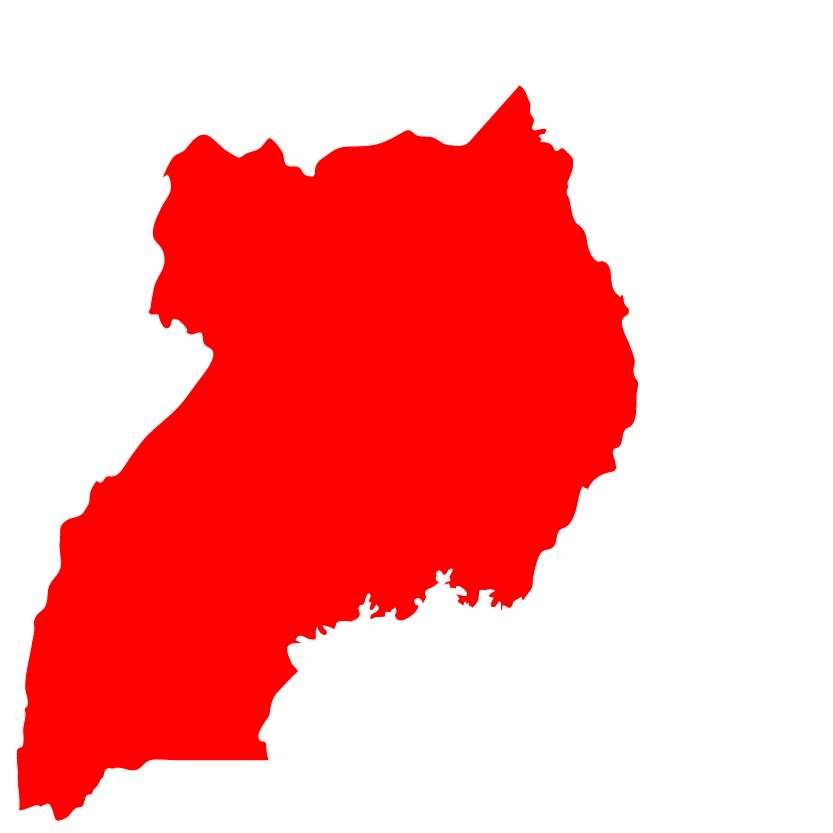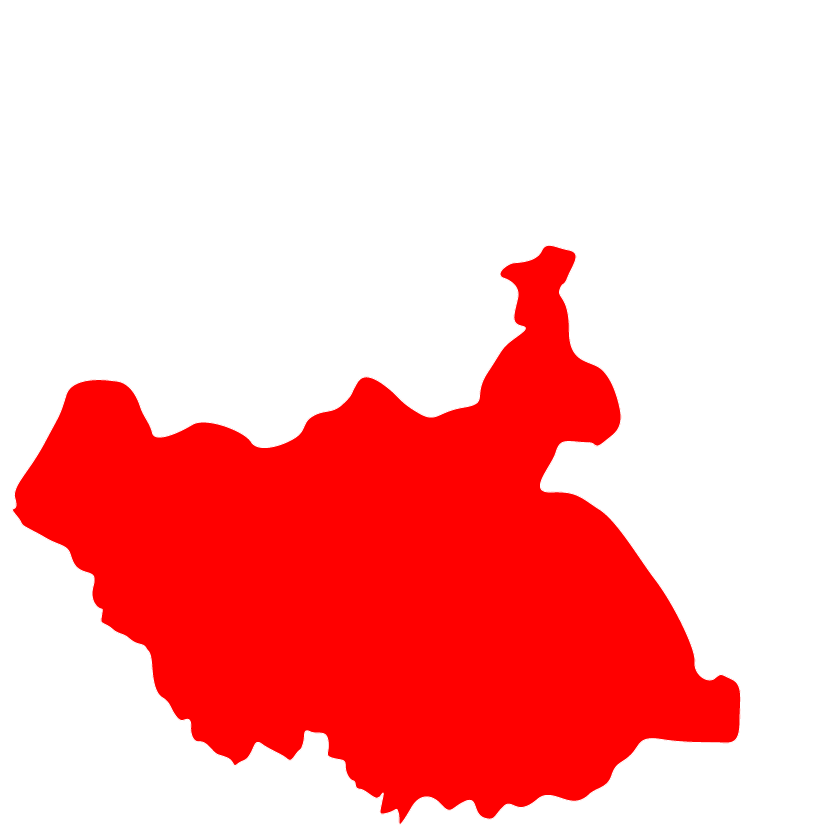In the month of August more than 300,000 people have been affected by a flash flood and glacial lake outburst flood (GLOF) in Parts of Gilgit Baltistan, Pakistan. Ghizer and Gilgit districts are among the severely impacted districts, by the recent disasters. Across the two districts, 22 deaths, 17 injuries, and damage to 662 houses have been reported. The main sources of livelihood—agriculture, horticulture, and tourism—have suffered greatly, as floods destroyed large tracts of agricultural land, while damaged irrigation channels continue to affect even those areas that were not directly hit by GLOFs and floods. According to official estimates, approximately 70% of the population in these districts has been affected by the recent incidents.
On August 11, seven volunteers lost their lives and six were injured while restoring an irrigation channel in Danyore’s Manogah Nallah, damaged by late July’s flash floods. The following day, August 12, massive flooding in Gulmit Gojal, Hunza, destroyed irrigation channels, link roads, a women-owned restaurant (Bozlanj), a government tourist facilitation centre, and a section of the Karakoram Highway, while over 40 locals working on water channel restoration narrowly escaped.
According to GB-PEOC’s 18 August report, the disaster caused 45 deaths, 42 injuries, destruction or damage to 993 houses, the loss of 67 livestock, and the destruction of 87 bridges and 40 water channels in 30 villages in GB.
Flooding in GB has damaged irrigation systems, farmland, roads, and bridges, leaving some communities without power or clean water. Many affected people remain scattered or with host families, and detailed disaggregated data is unavailable.
On 16 August, a flash flood and glacial lake outburst flood (GLOF) in District Ghizer caused extensive damage, including the death of a girl from lightning, destruction of homes, a school, a hospital, shops, livestock, and farmland. Roads and bridges were washed away, leaving thousands of locals and tourists stranded, while power, mobile, and internet connectivity were also disrupted.
ACT Alliance member Community World Services Asia (CWSA) is planning to extend its relief support with the support from the Rapid Response Fund to the flood affected areas by providing relief assistance in Shelter and Food. The intervention will focus on the most vulnerable HH specially houses fully or partially destroyed.
ACT RRF 082025 Pakistan Floods (Approved)

